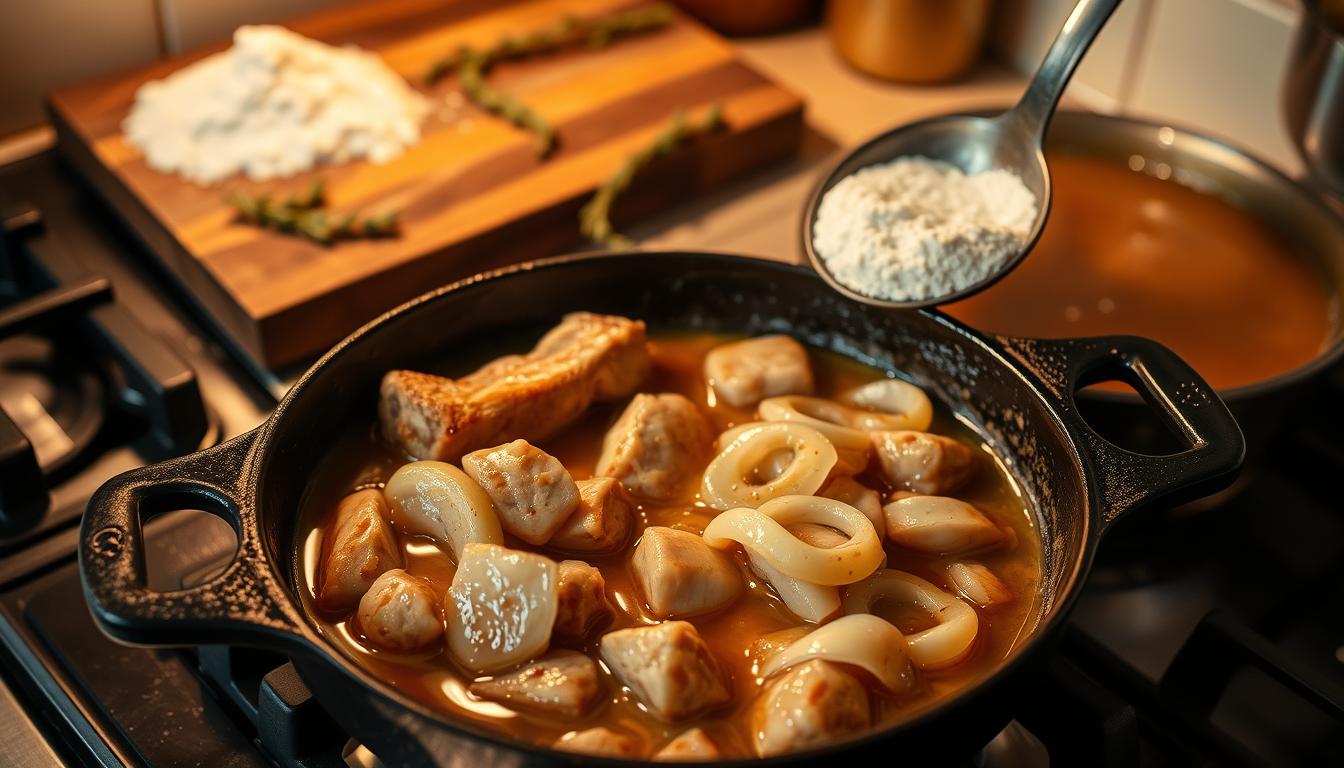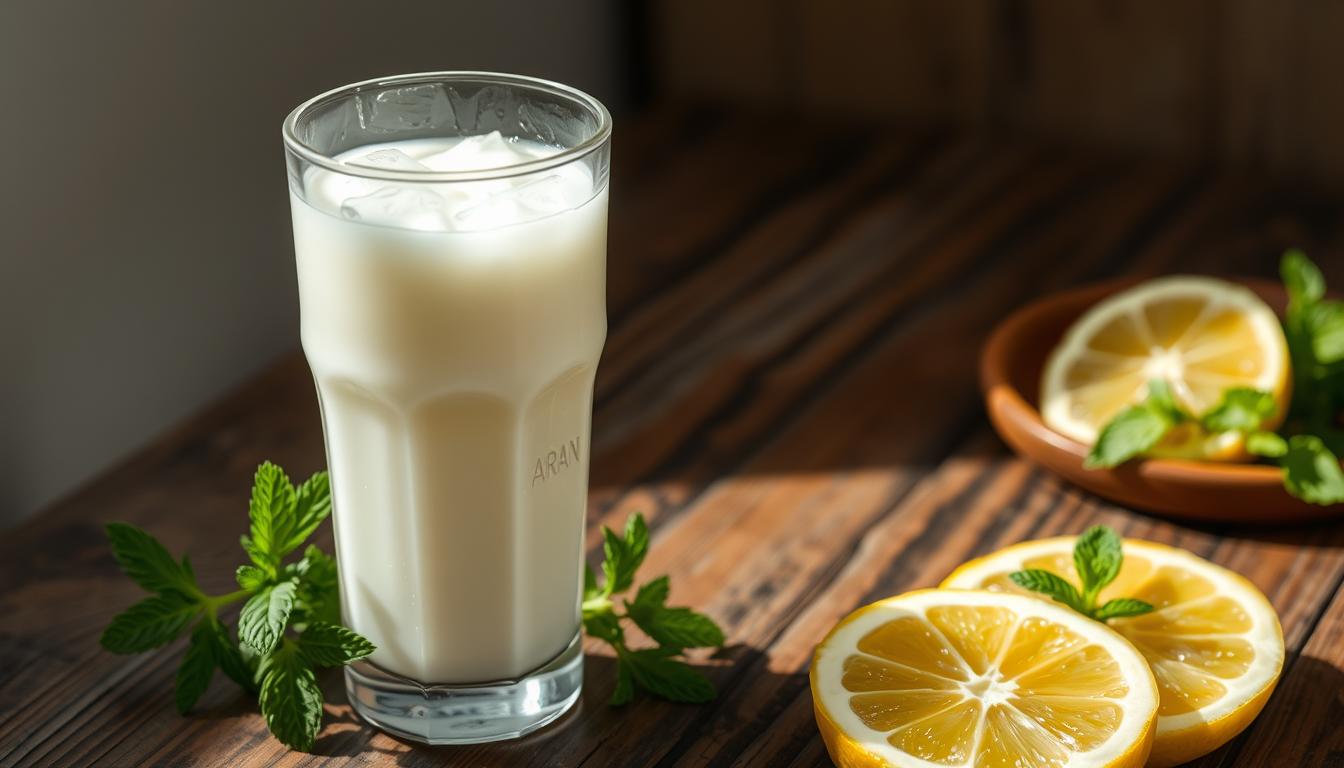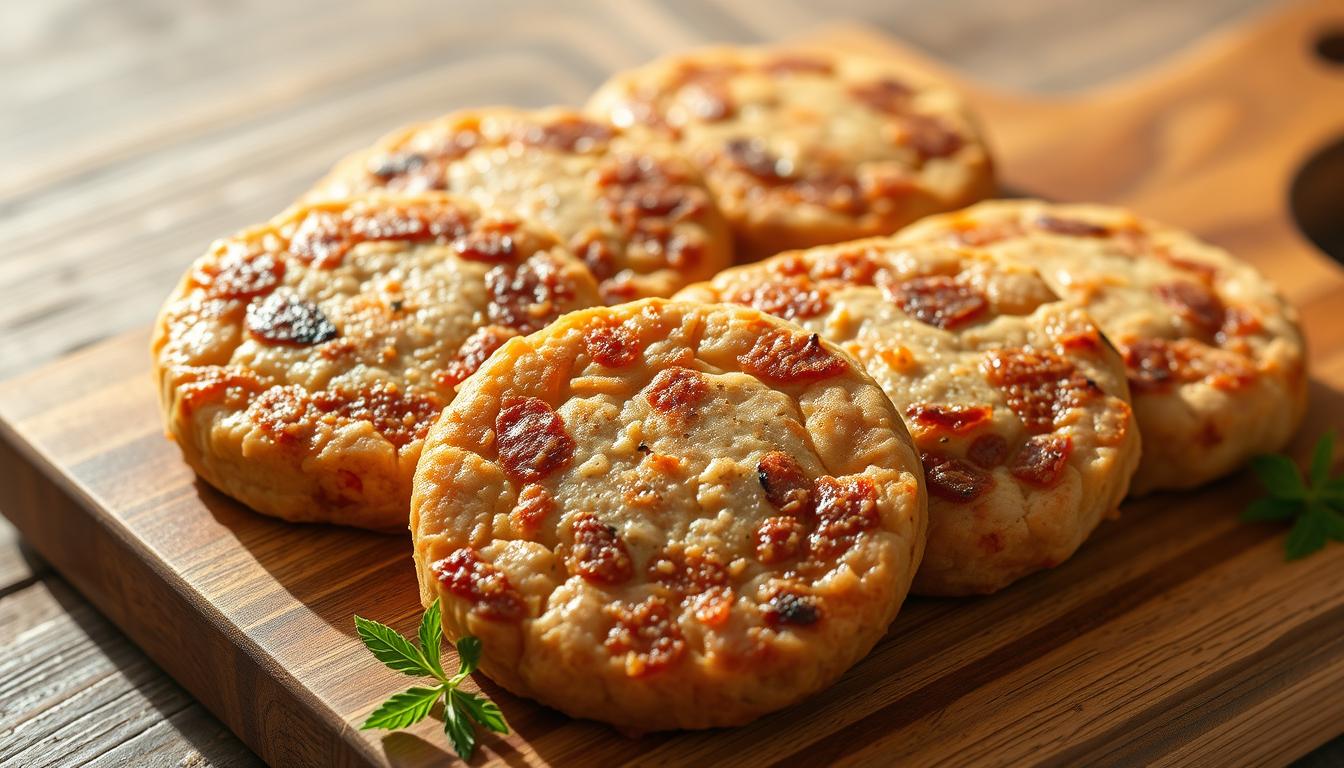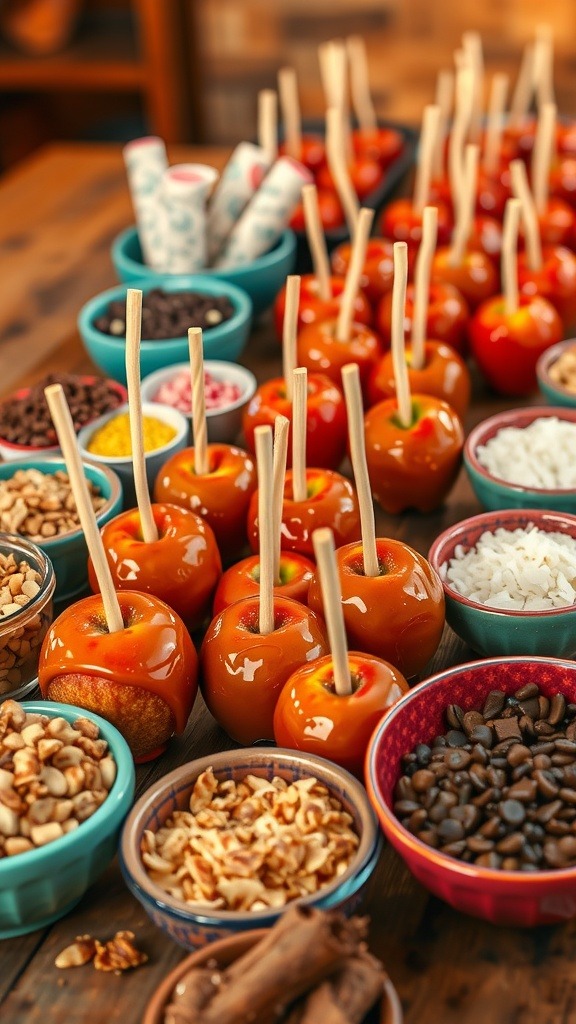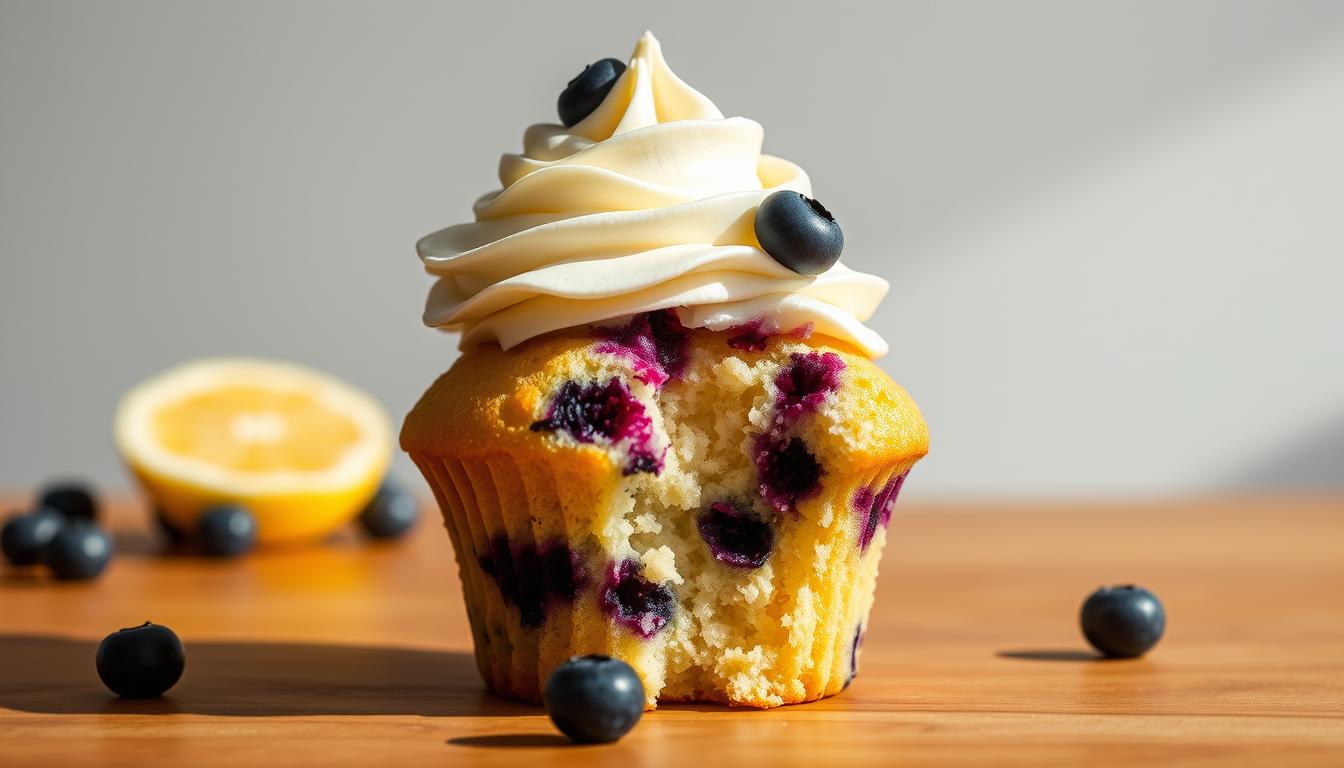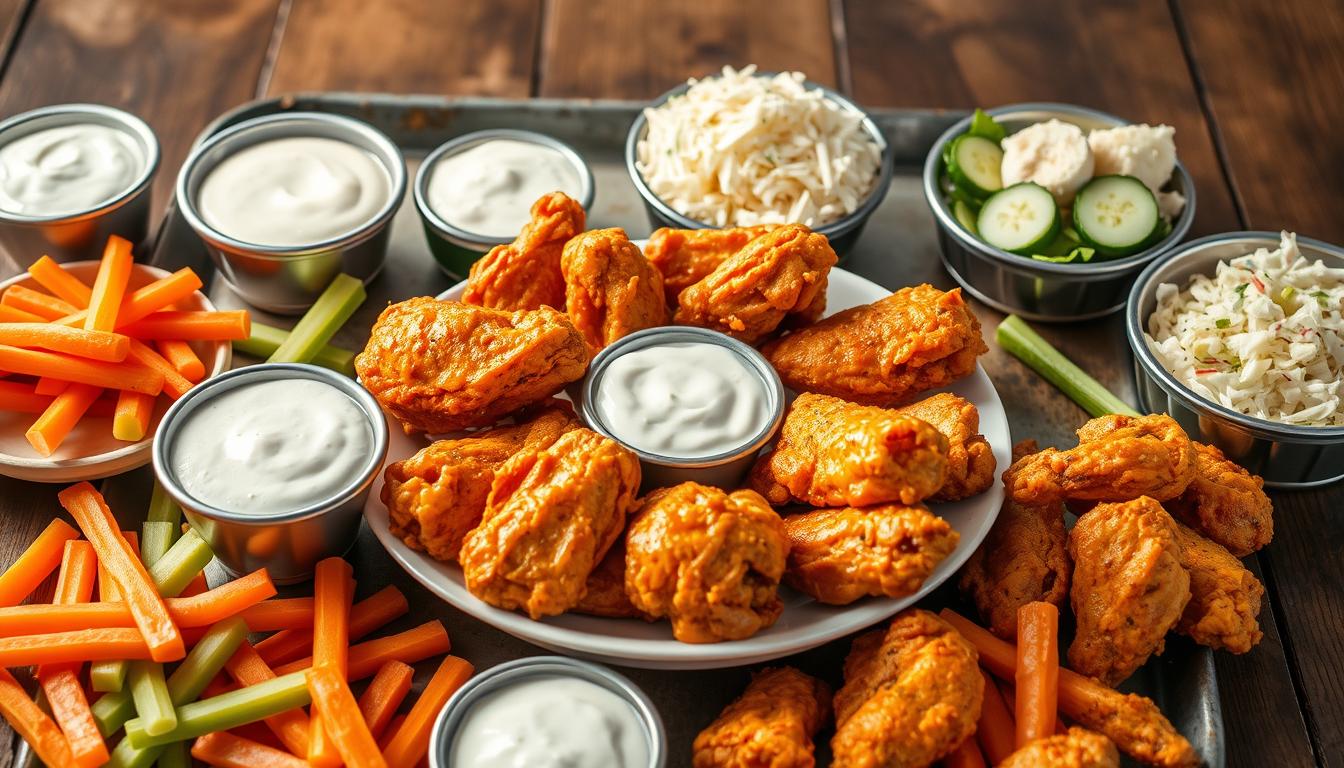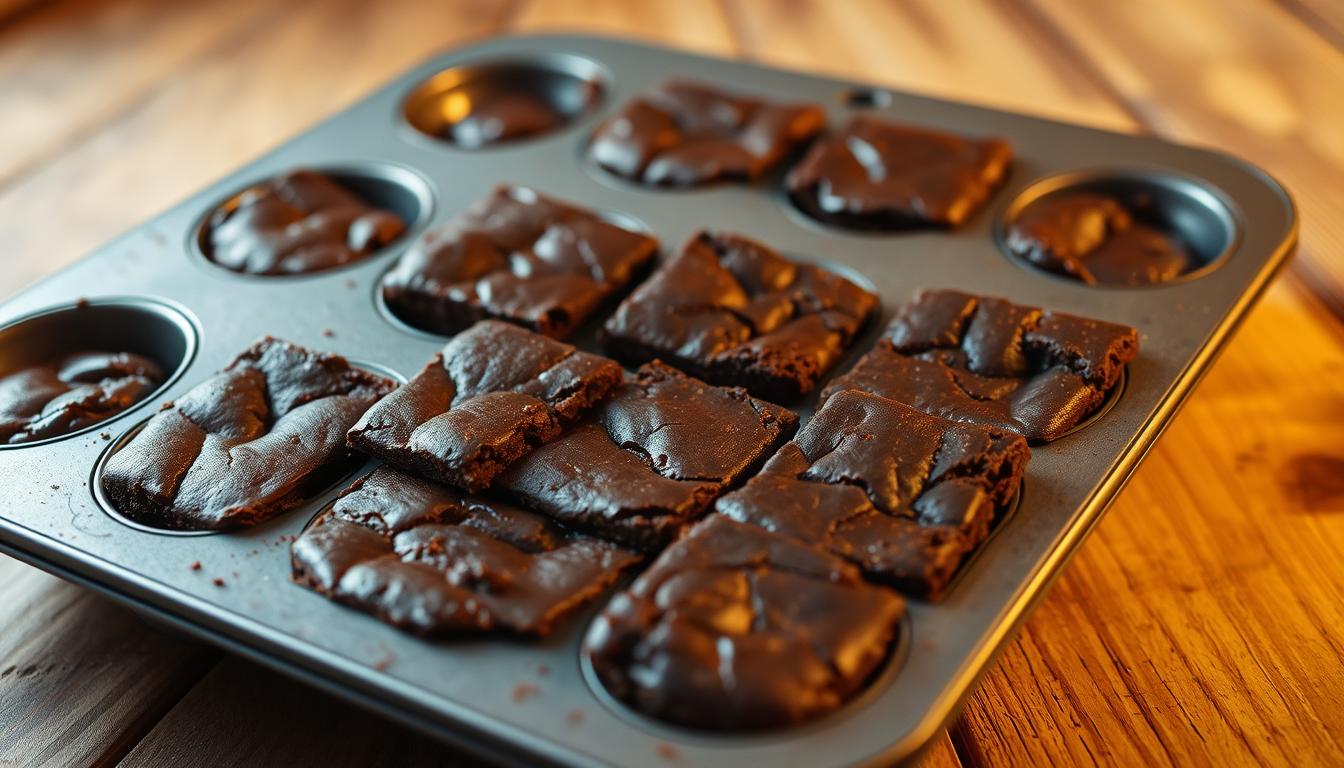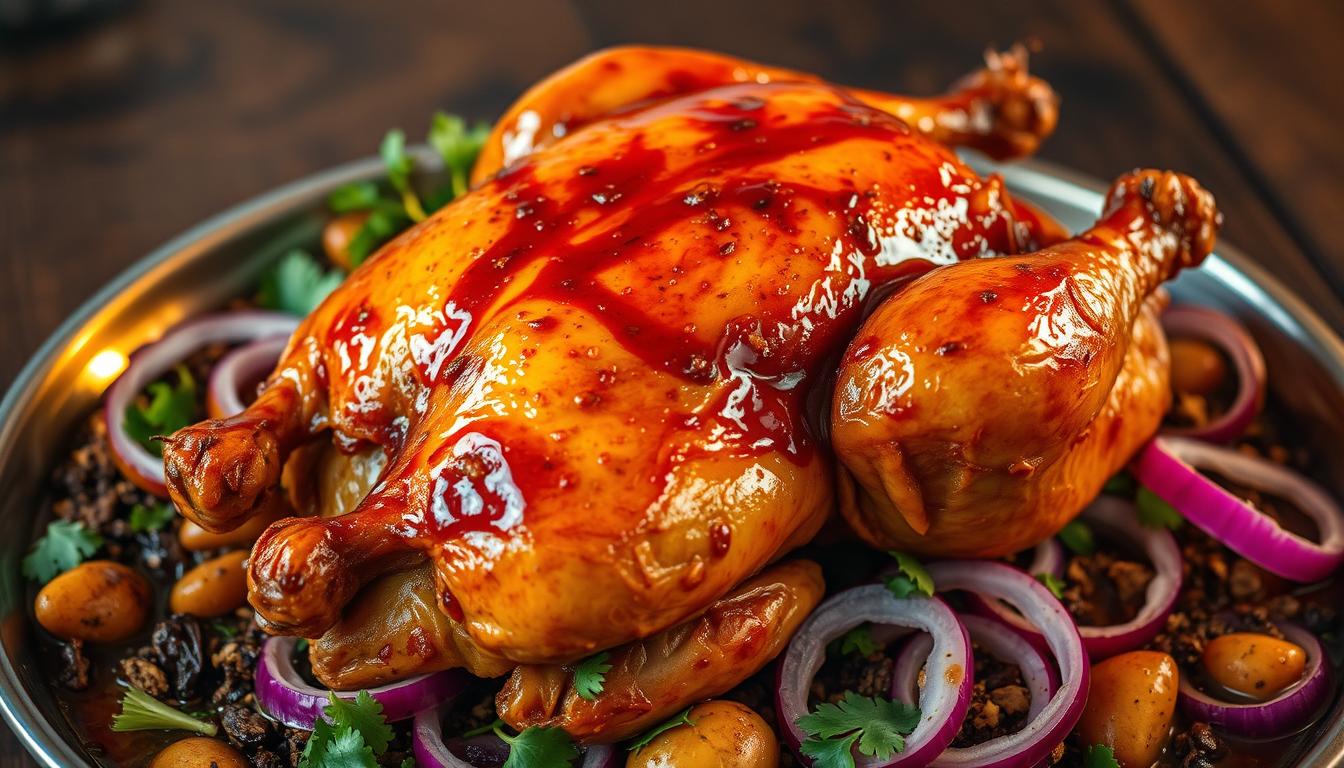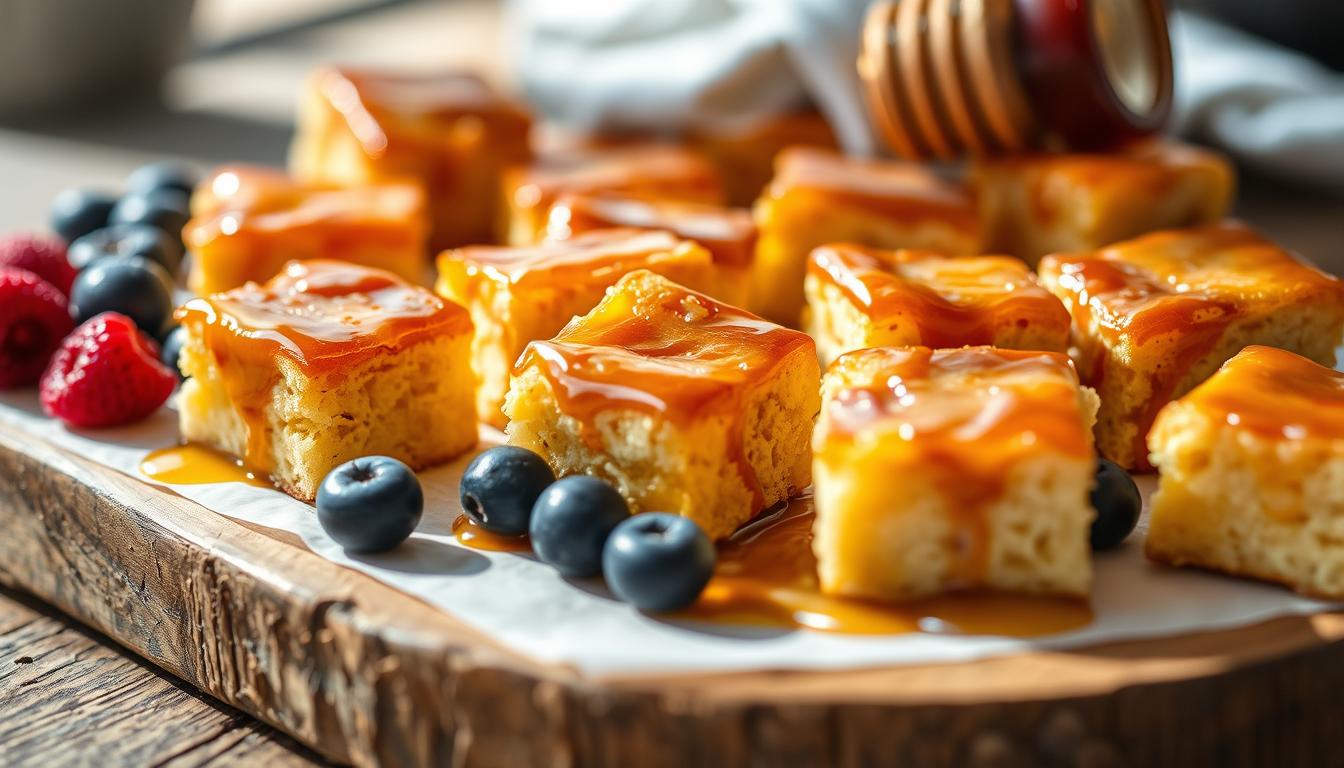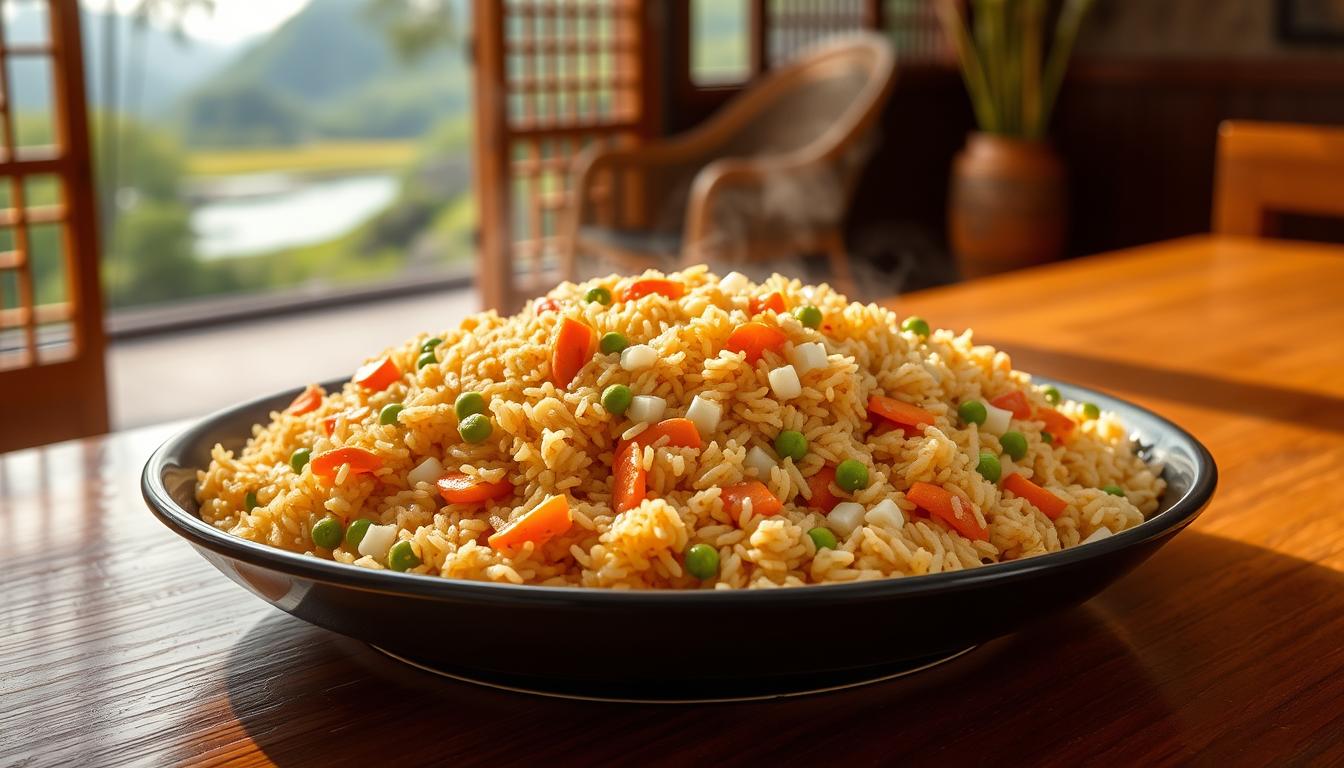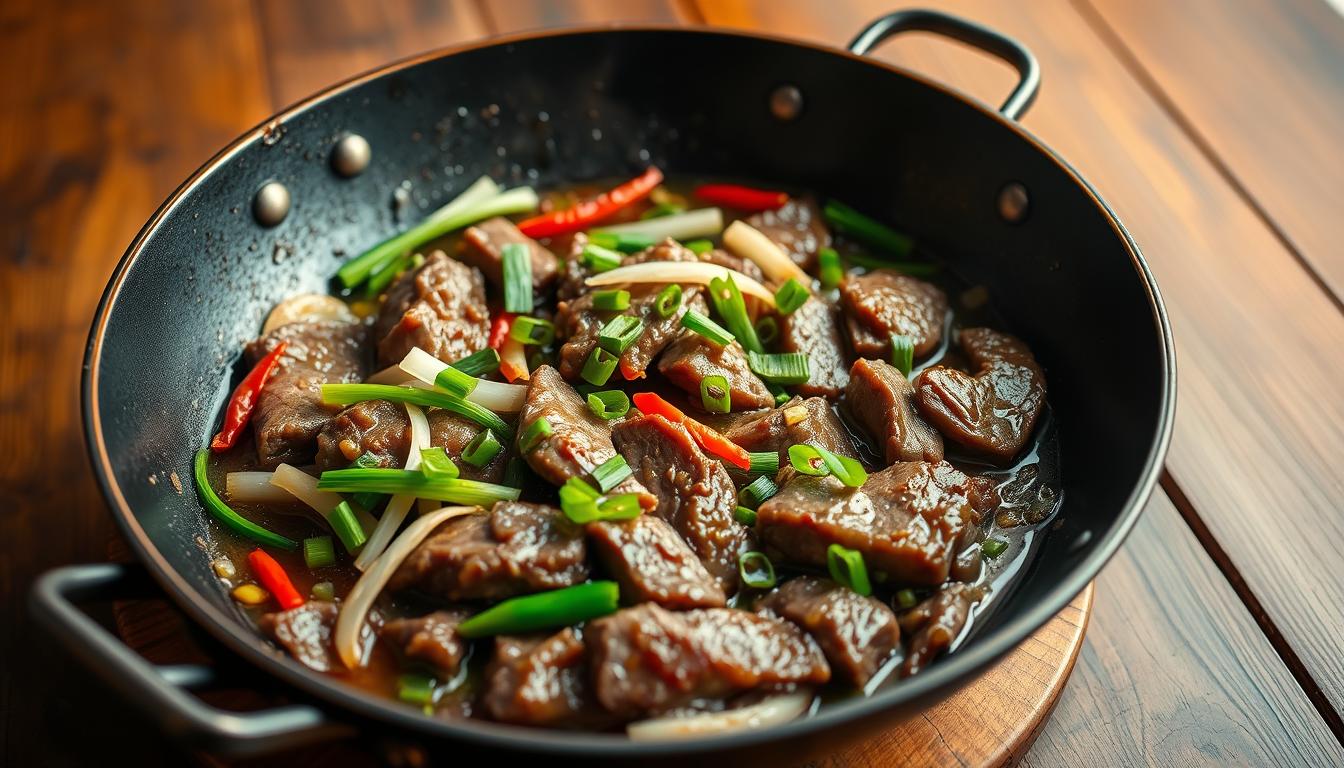Growing up in a small Midwestern kitchen, I learned that pork gravy is more than a sauce. It’s a tradition passed down through generations. The rich, savory aroma it creates can make any meal unforgettable.
Making the perfect pork gravy might seem hard, but it’s easy once you know the tricks. It’s great for a Sunday roast or to make weeknight dinners special. Homemade gravy can make any dish stand out.
The key to amazing pork gravy is using fresh pork drippings and balancing flavors. From choosing the right meat to thickening it right, this guide will help. You’ll make a gravy so good, your family will ask for more.
Key Takeaways
- Pork gravy requires minimal ingredients and preparation time
- Pan drippings are crucial for maximum flavor
- Proper seasoning makes all the difference in pork gravy
- Cornstarch works best for thickening gravy
- Homemade gravy can be stored for several days
Understanding Pork Gravy: What is It?
Pork chop gravy is a tasty tradition that turns meat drippings into a rich sauce. It’s more than a side dish; it’s a key part of comfort food. It makes simple meals into special dining moments.
Pork gravy comes from the tasty drippings after cooking pork. It’s made by mixing meat juices with flour or cornstarch. This creates a smooth, velvety sauce.
The Origins of Pork Gravy
Historians say pork gravy started in farm kitchens. Farmers found ways to use every bit of food, turning drippings into sauces. This was a smart way to avoid wasting flavor.
Common Uses for Pork Gravy
- Pouring over roasted pork cuts
- Accompanying mashed potatoes
- Enhancing biscuits and bread
- Serving as a dipping sauce
Flavor Profiles of Pork Gravy
Pork chop gravy can taste different based on how it’s made. Some flavors include:
| Flavor Style | Key Characteristics |
|---|---|
| Classic | Rich, meaty, pepper-forward |
| Herb-Infused | Rosemary, thyme, sage notes |
| Spicy | Cayenne, black pepper kick |
Knowing about pork gravy shows its flexibility. It can elevate both rustic family dinners and fancy meals. It adds depth and richness to any dish.
Essential Ingredients for Pork Gravy
To make perfect pork chops and gravy, you need to know the key ingredients. The right mix can turn a simple meal into a feast. It’s all about the right parts coming together.
Types of Pork for Maximum Flavor
Choosing the right pork is key for tasty gravy. Here are some top picks:
- Pork tenderloin: Lean and tender, great for quick cooking
- Pork shoulder: Rich in fat, perfect for slow-cooked gravies
- Bone-in pork chops: Give amazing flavor
Thickening Agents: What Works Best?
The right thickener makes your gravy smooth. Chefs suggest:
- All-purpose flour: Classic thickener (use 3 tablespoons)
- Cornstarch: Gluten-free, gives a glossy finish
- Arrowroot powder: Makes gravy silky
“The secret to perfect gravy is patience and the right thickening technique.”
Herbs and Spices to Enhance the Taste
Boost your pork chops and gravy with these:
- Fresh thyme: Adds earthy notes
- Garlic (2 large cloves, minced)
- Black pepper and sea salt
- Worcestershire sauce for depth
Remember, great pork gravy comes from balancing flavors and using quality ingredients. Don’t be afraid to try new things and make it your own!
Preparing Your Pork for Gravy
Making tasty baked pork chops with gravy begins with the right prep. The cooking method can turn simple meat into a dish to remember. Knowing how to prep your pork affects your gravy’s taste and the dish’s quality.
Picking the right pork cut is key for flavorful baked pork chops with gravy. Each cut has its own special traits that can boost your dish’s flavor.
Optimal Cooking Methods for Flavorful Pork
For making great pork for gravy, try these cooking ways:
- Roasting at 350°F for maximum flavor development
- Using a roasting pan sized 13x9x2 inches for even cooking
- Maintaining an internal temperature of 145°F
Drippings: The Secret to Rich Gravy
Drippings are key for a top-notch gravy. A pork roast gives off rich, tasty liquid that’s your sauce’s base.
| Pork Cut | Weight | Cooking Time |
|---|---|---|
| Pork Roast | 2-5 pounds | 20 minutes per pound |
| Pork Tenderloin | 1 pound | 15-20 minutes |
Resting Techniques for Perfect Texture
Resting your pork is vital for baked pork chops with gravy. Let it rest for 10-15 minutes to spread juices and keep it tender.
Pro tip: Cover the meat loosely with foil during resting to keep it warm while allowing excess moisture to escape. This method keeps the meat moist and makes gravy prep easier.
The Gravy-Making Process
Making the perfect pork gravy needs care and focus. It’s a journey that starts with knowing the basic steps. These steps turn simple ingredients into a delicious sauce.
To make amazing pork gravy, follow some key steps. These steps can make your dish go from good to great. First, you need to catch the tasty drippings from your cooked pork. These drippings are the base of your gravy.
Steps to Making the Perfect Base
To make a great pork gravy base, follow these steps:
- Leave about 3 tablespoons of oil in the pan after cooking pork
- Add 2-3 tablespoons of flour to make a roux
- Cook the flour mixture for about 1 minute until it’s lightly browned
- Slowly whisk in the liquid drippings or stock
Balancing Flavor with Seasoning
Seasoning is key to a great pork gravy. Here are some tips to enhance flavor:
- Add 1/4 teaspoon of poultry seasoning for every 3 cups of gravy
- Try herbs like thyme or rosemary
- Use bacon grease for more depth
- Taste and adjust salt and pepper
Tips for Adjusting Consistency
Getting the right consistency for pork gravy takes practice. Here are some tips from pros:
| Technique | Result |
|---|---|
| Add flour/cornstarch slurry | Thickens the gravy |
| Simmer for 1-2 minutes | Makes the texture rich |
| Whisk constantly | Avoids lumps |
Remember, making perfect pork gravy takes time. With practice, you’ll get a sauce that goes well with your pork dishes.
Elevating Your Pork Gravy
To make your pork gravy amazing, you need to be creative and pick the right ingredients. Chefs know that turning a simple sauce into a masterpiece is all about enhancing flavors.
By adding special ingredients, your gravy can get much richer and deeper. The trick is to balance the flavors so your gravy still tastes like the original.
Adding Wine or Beer: Strategic Flavor Boosting
Adding alcohol to your gravy can make it taste amazing. Here’s what to keep in mind:
- Red wines are great with darker pork cuts
- White wines are better for lighter pork dishes
- Dark beers add a strong flavor to the gravy
- Start with about 1/4 cup of alcohol for every 2 cups of gravy
Vegetable Integration Techniques
Vegetables can take your gravy from good to great. Roasting onions, carrots, and garlic before blending them in adds a lot of flavor.
| Vegetable | Flavor Profile | Recommended Quantity |
|---|---|---|
| Caramelized Onions | Sweet, Complex | 1/2 cup |
| Roasted Garlic | Intense, Mellow | 2-3 cloves |
| Roasted Carrots | Earthy, Sweet | 1/4 cup |
Cream: The Luxurious Finish
For a rich gravy, add heavy cream towards the end. Use about 2 tablespoons for every cup of gravy. This will make it smooth and creamy without overpowering the taste.
Pro tip: Always add cream off direct heat to prevent curdling and maintain smooth consistency.
Common Mistakes in Making Pork Gravy
Making the perfect pork chop gravy needs skill and focus. Many cooks find it hard to get that smooth, tasty sauce. Knowing common mistakes can help you get it right.
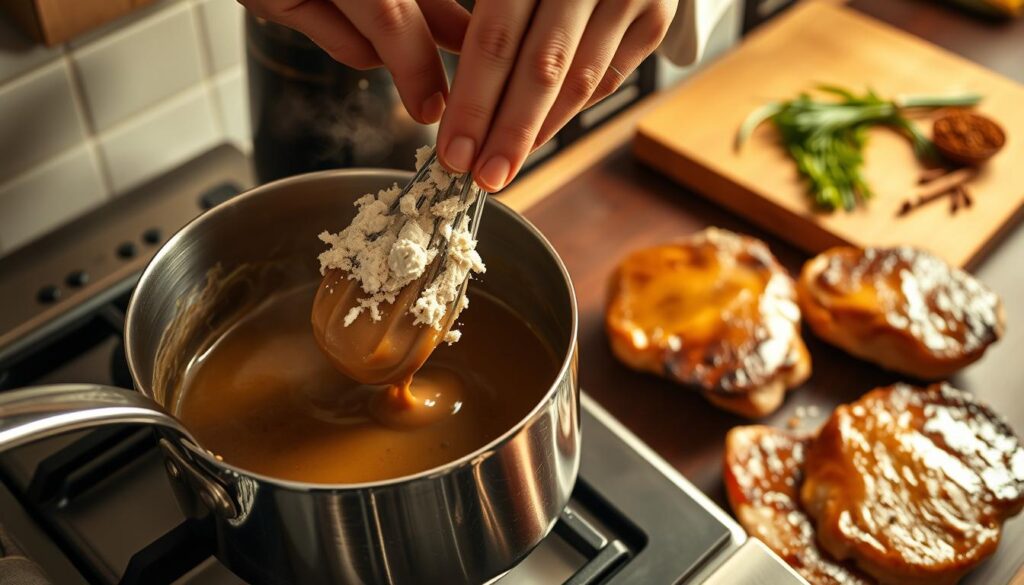
Gravy for pork chops can be tricky. Several mistakes can ruin your dish. Let’s look at the main errors and how to avoid them.
Insufficient Drippings: The Flavor Foundation
Drippings are key to great pork chop gravy. Without enough, your sauce will be flat. Here are some tips:
- Collect all pan drippings after cooking pork chops
- Scrape up brown bits for maximum flavor
- Use a ratio of 1 part fat to 1 part flour for the perfect roux
Seasoning Pitfalls: Finding the Right Balance
Too much seasoning can ruin a good gravy. The trick is to season slowly and know how flavors mix.
| Seasoning Tip | Recommendation |
|---|---|
| Salt Addition | Add at the end of cooking to prevent over-concentration |
| Worcestershire Sauce | 1-2 dashes for enhanced flavor |
| Sugar Balance | Use a pinch to round out savory notes |
Thickening Techniques: Avoiding Lumpy Gravy
The secret to smooth gravy is in how you thicken it. Follow these tips to avoid lumps and get the right consistency:
- Whisk constantly when adding flour
- Use the 3:2:1 ratio (3 tbsp flour, 2 tbsp fat, 1 cup liquid)
- Aim for a thickness that coats the back of a spoon
- Simmer for 10-15 minutes to develop proper consistency
Pro tip: If your gravy becomes too thick, gradually add warm broth to restore the perfect texture.
Variations of Pork Gravy
Pork chops and gravy are a canvas for endless flavors. Different regions and cultures add their own twist. This turns a simple dish into a masterpiece.
Southern Style vs. Northern Style Pork Gravy
In the South, pork gravy is creamy, thanks to milk or buttermilk. The North prefers a savory taste, using chicken broth and less dairy.
- Southern gravy: Thick, white sauce with plenty of butter
- Northern gravy: Darker, with a stronger meat flavor
- Texture varies by region
Adding Unique Flavors: International Twists
Try adding global flavors to your pork chops and gravy. For an Asian touch, use soy sauce or ginger. Latin dishes might include cumin or chili peppers.
Vegetarian and Dairy-Free Gravy Options
Even with dietary restrictions, you can still enjoy great flavor. Use mushroom broth, nutritional yeast, or vegetable stock for tasty gravies.
- Mushroom-based vegetarian gravy
- Coconut milk for a creamy texture without dairy
- Nutritional yeast for a meaty flavor
Exploring different gravy styles lets you make your dish your own. You might find a new favorite recipe.
Storing and Reheating Leftover Pork Gravy
When you’ve made delicious baked pork chops with gravy, knowing how to store and reheat it is key. This keeps the flavor and quality just right. Proper storage lets you enjoy your homemade gravy for days.
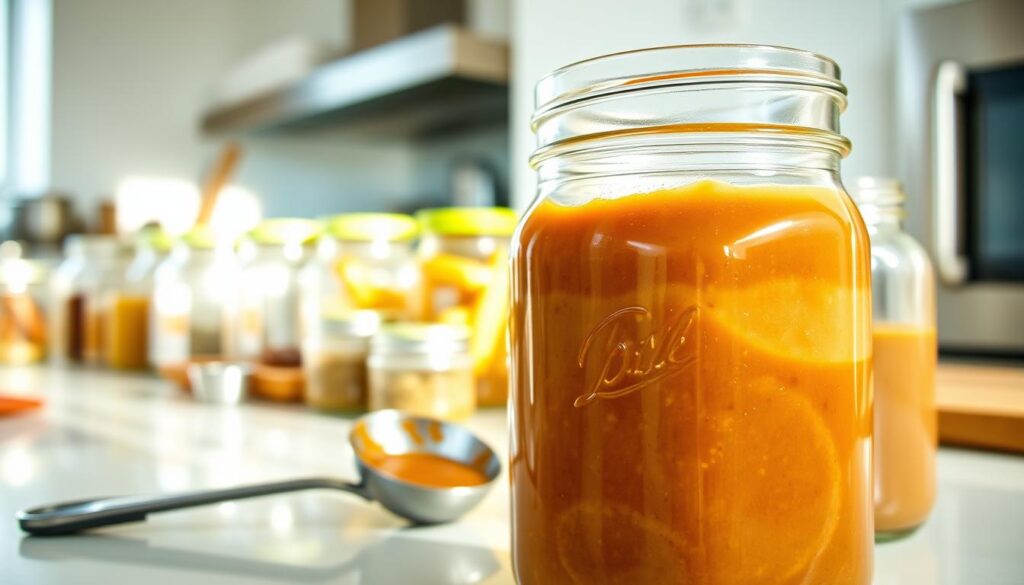
Keeping your pork gravy fresh needs careful attention to temperature and storage. Here are some important tips to keep your gravy tasty:
Best Practices for Refrigeration
- Cool gravy within two hours of cooking to prevent bacterial growth
- Store in airtight containers
- Refrigerate for up to four days
- Keep temperature consistently below 40°F
Freezing Tips for Longer Storage
Freezing your baked pork chops with gravy can make it last longer. Here are some tips:
- Use freezer-safe containers or heavy-duty freezer bags
- Remove as much air as possible before sealing
- Label containers with date of preparation
- Freeze for up to six months
How to Reheat Without Losing Quality
Reheating gravy needs gentle care to keep its smooth texture and rich flavor:
| Reheating Method | Technique | Time |
|---|---|---|
| Stovetop | Low heat, constant stirring | 5-7 minutes |
| Microwave | 30-second intervals, stir between | 1-2 minutes |
“Gentle heating is the key to preserving your gravy’s delectable texture and flavor.” – Culinary Expert
Remember, dairy-based gravies don’t freeze well and may separate when thawed. Always cool your gravy quickly and store it properly. This way, you can enjoy its full flavor with your favorite pork dishes.
Serving Suggestions for Pork Gravy
Pork gravy makes any meal special. It turns your kitchen into a place of amazing flavors. You can make classic dishes better and try new things.
Perfect Pairings with Pork Dishes
Here are some tasty ways to serve pork gravy:
- Roasted pork tenderloin with rich pork gravy
- Crispy pork chops drizzled with warm gravy
- Pulled pork sandwiches with gravy for dipping
Pouring Over Mashed Potatoes: A Classic Approach
There’s nothing like mashed potatoes with pork gravy. The potatoes’ smoothness is a great base for the gravy. It makes a side dish that’s both comforting and tasty.
Creative Uses in Other Recipes
Try pork gravy in recipes you might not think of:
- Shepherd’s pie topping
- Casserole enhancer
- Savory bread pudding base
- Pot pie filling
With these ideas, your pork gravy will be the highlight of every meal. It adds rich flavor and excitement to your table.
Frequently Asked Questions About Pork Gravy
Cooking gravy for pork can be tricky. Home chefs often have questions about preparation, storage, and troubleshooting. Let’s address some of the most common concerns to help you make delicious pork gravy every time.
Why Is My Gravy Lumpy?
Lumpy gravy for pork usually comes from not whisking enough or adding flour too fast. To avoid lumps, try these tips:
- Sift flour before adding to prevent clumping
- Whisk continuously while adding flour
- Use a fine-mesh strainer if lumps develop
- Gradually incorporate liquid while stirring
Can I Make Gravy in Advance?
Yes, you can make gravy for pork ahead of time. It can safely stay in the fridge for up to 3-4 days. If you freeze it, it can last up to 4 months. To keep it good:
- Cool gravy completely before storing
- Use airtight containers
- Reheat gently, stirring frequently
- Add a splash of broth if it’s too thick
How Long Does Pork Gravy Last?
The shelf life of your pork gravy depends on how you store it. Gravy in the fridge stays fresh for 3-4 days in a sealed container. For longer storage, freezing is best. Frozen at 0°F, it stays good for up to 4 months.
Pro tip: Label your container with the date of preparation to track freshness.
By following these guidelines, your homemade gravy for pork will stay delicious and safe to eat.
Conclusion: Mastering Pork Gravy
Your journey to perfect pork chop gravy has shown you key techniques and insights. You’ve learned how to mix simple ingredients into a rich, tasty sauce. This sauce makes any pork dish even better.
Creating great pork gravy is about finding the right balance and adding your own twist. Starting with 1 tablespoon of fat to 1 tablespoon of flour is a good base. But it’s your unique touch that makes each batch special. Feel free to try different herbs like sage, black pepper, or thyme to find your favorite flavor.
Cooking is a journey of learning and growth. Every batch of gravy teaches you something new. Keep trying, trust your taste, and enjoy the tasty results. Your pork chop gravy will improve with time and effort.
We encourage you to share your gravy-making stories, successes, and challenges. Your experiences can help and inspire other home cooks. Together, we can all master the perfect pork gravy.
FAQ
What are the key ingredients for making homemade pork gravy?
To make pork gravy, you need pan drippings from roasted pork, flour, and stock. You’ll also need salt, pepper, and herbs like thyme or rosemary. The drippings give the gravy its rich, meaty taste.
How can I prevent lumps in my pork gravy?
To avoid lumps, whisk flour into drippings slowly and constantly. Use a wire whisk and add liquid slowly. If lumps form, strain the gravy or use an immersion blender to smooth it.
How long can I store homemade pork gravy?
You can store pork gravy in the fridge for 3-4 days in an airtight container. For longer storage, freeze it for 4-6 months. Always cool it before storing and reheat well before serving.
Can I make pork gravy without pan drippings?
Yes, you can make gravy with butter, flour, and stock. It won’t be as rich, but adding bouillon or browning sauce can enhance the flavor.
What’s the best way to thicken pork gravy?
Use a roux (flour and fat) for a smooth texture. You can also mix cornstarch or arrowroot powder with cold water. Always mix cold liquid with thickening agents before adding to hot gravy.
Can I make pork gravy ahead of time?
Absolutely! You can make pork gravy ahead and reheat it gently. If it thickens too much, whisk in warm stock or water to thin it out.
Are there low-fat alternatives for making pork gravy?
For a lighter gravy, use turkey or chicken broth and skim off excess fat. Use less flour and consider adding pureed vegetables or cornstarch for less fat.
What herbs pair best with pork gravy?
Thyme, rosemary, sage, and parsley are great with pork gravy. They enhance the pork’s flavor and add depth. Fresh herbs taste better than dried ones.

